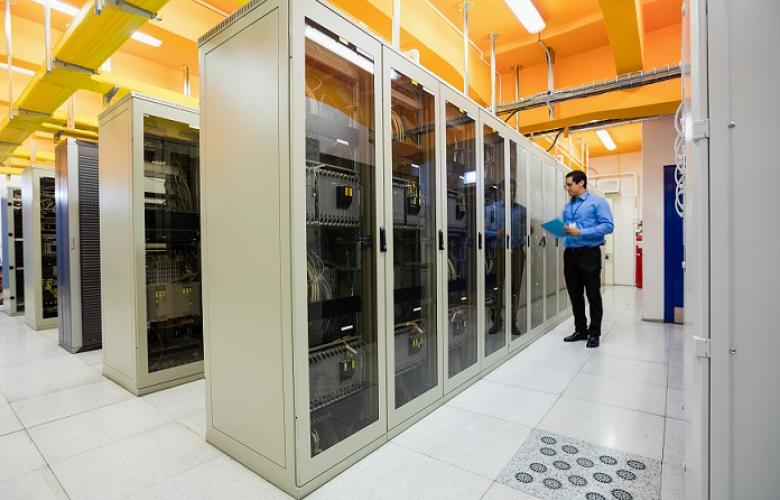Investors are increasingly turning to alternatives in the hunt for asset diversification and enhanced risk-adjusted returns. And one sector that is high on the list is data centers.
According to JLL’s report on data centres in APAC region, data centres are becoming an essential aspect of any type of business. As new technologies continually shape the way people work, live and play, data centre facilities are in demand for hosting mission-critical applications, performing data analytics, data storage, the processing and transmission of digital services and so on.
These technology changes mean the amount of data that businesses and individuals are creating and consuming continues to explode. “That data has to reside somewhere.” Bo Bond, Managing Director, Data Center Solutions with JLL told WILLIAMS MEDIA.
“So we are witnessing potential hockey stick growth for the global data center sector.”
Like many other real estate asset classes, the data centre industry expands with population growth. Today, about half of the world’s population resides in Asia Pacific, and this population is the key engine of the region’s economic expansion. Between 2016 and 2018, internet users in the APAC region climbed 10% year-on-year (y-o-y) while the number of active mobile social media users jumped 27% y-o-y.
“Enterprises across finance, healthcare, retail, consulting and so on are all moving away from self-run data centers,” says Bond. “Cloud adoption allows enterprises to save money and create a lot more value, so that is a trend we will continue to see.”
Data centers present a compelling investment case. Long-term operating leases ensure a stable income stream, while demand drivers mean the sector is less impacted by the traditional real estate real estate cycle, further improving income stability over the long run. The business itself benefits from a high degree of stability as well. “Data centers handle users’ mission-critical information, which needs to run 24/7,” notes Bond. “The equipment has to be deployed and tested, so once it is commissioned you can’t just shut it down, quickly move it, and turn it back on. That makes it harder for users to leave once they have deployed.”
Investing in the manufacturers of the equipment that resides in the data centers is another growth area, says Bond. “We are seeing a lot of private equity coming into that market.”
There are, however, some hurdles to investment within the sector. Construction costs are significantly higher than for a traditional warehouse or office building. Different markets around the world span a wide spectrum of maturity, so understanding market fundamentals, operational capabilities and local regulations is difficult but essential.
“As an investor, it’s important to understand the depth of the market and what is really driving it, as well as the unique details of each particular company,” says Bond.
The global revenue for the colocation data centre market is growing at a 15.7% compound annual growth rate and is expected to reach $60 billion by 2020. According to Structured Research, the region’s share of global colocation market will rise to 40% in the next two years, overtaking North America to become the largest in the world. What is clear is that the exponential increase in global data volumes, and their growing importance as a business and social tool, point to a robust future for the data center market. The challenge is to know how best to tap into it.
Source: JLL
Similar to this:
Smart Cities: Smart Real Estate Strategies
Asian investors drive global investment in real estate as annual record hits US$1.8tn
Southeast Asia increasingly in the investor spotlight, reveals data from real estate firm JLL












